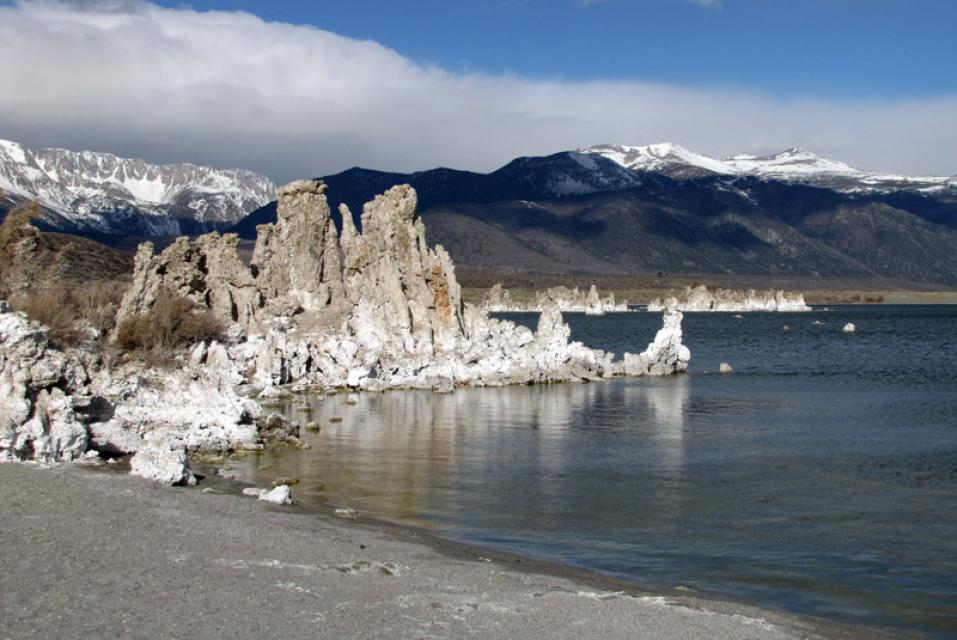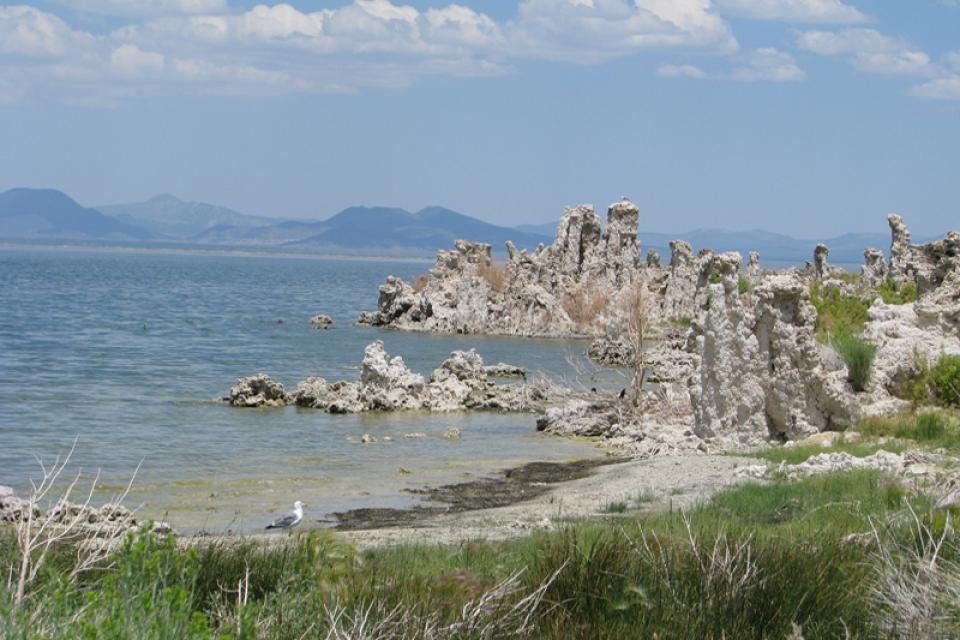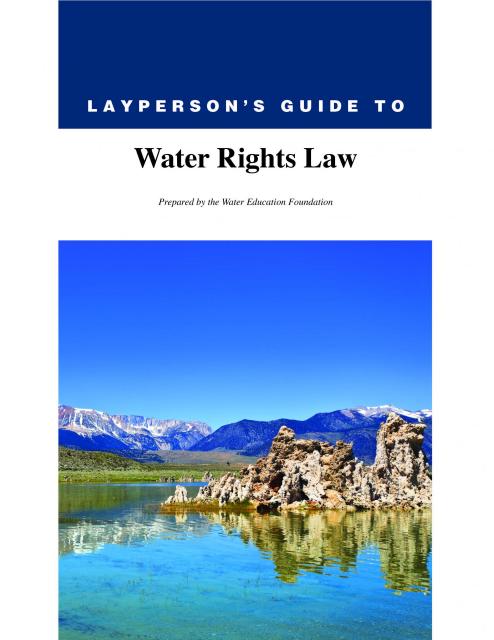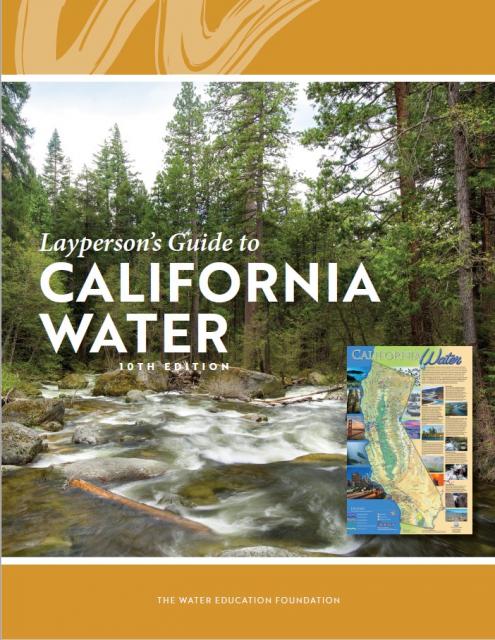Public Trust Doctrine
 Rooted in Roman law, the public
trust doctrine recognizes the public right to many natural
resources including “the air, running water, the sea and its
shore.”
Rooted in Roman law, the public
trust doctrine recognizes the public right to many natural
resources including “the air, running water, the sea and its
shore.”
The doctrine requires the sovereign, or state, to hold in trust designated resources for the benefit of the people. Traditionally, the public trust applied to commerce and fishing in navigable waters, but its uses were expanded in California in 1971 to include fish, wildlife, habitat and recreation.
At that time, the California Supreme Court in Marks v. Whitney broadened the definition of public trust because “public trust uses are sufficiently flexible to encompass changing public needs.”
Mono Lake Case
The first case in California that invoked the more broadly defined public trust doctrine involved water use at Mono Lake. In a lawsuit filed to protect the Mono Lake Basin from water diversions by the city of Los Angeles, California’s Supreme Court ruled in 1983 that “reasonable and beneficial uses” of water must be interpreted in accordance with public trust needs.
Watch a video about Mono Lake and the court case.
The landmark decision held that the state retains jurisdiction over these rights and may reconsider the impact on public trust, which includes wildlife habitat. The necessity of protecting the public trust was to be determined by balancing the value and cost of instream water needs against the benefits and costs of diversions. [Learn more about public trusts in the Layperson’s Guide to Water Rights Law.]
Elsewhere, California’s water-rights regulator, the State Water Resources Control Board, includes public trust values in setting water-flow standards in the Sacramento-San Joaquin Delta.











